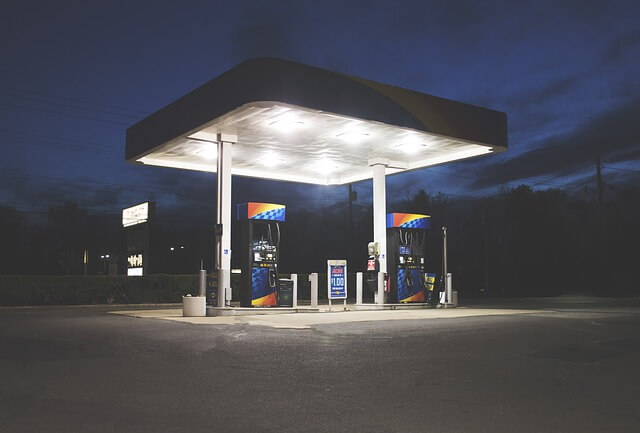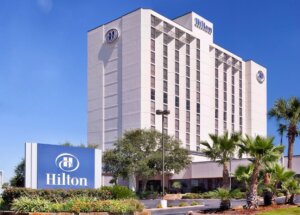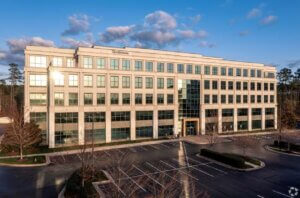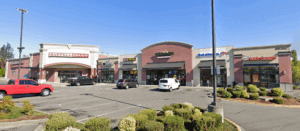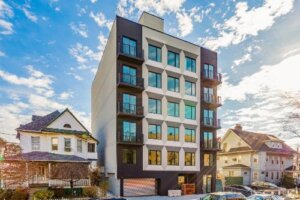What Makes Financing Special Use Properties More Difficult?
For starters it’s important to define the difference between multi-use and special-use properties. A multi-use property is often confused as a property with more than one tenant. It can be that, but what really defines a multi-use property is one that can be used across multiple industries by multiple different types of businesses. For example, an industrial building could be used as a warehouse for a clothing company, a manufacturing facility for the auto industry, or a distribution fulfillment center for a shipping company. Simply stated it is one building with multiple potential uses. A special-use property on the other hand has only one use. For example a gas station can only be a gas station. Some other examples of special-use properties are hotels, bowling alleys, or assisted living facilities to name a few.
The difficult nature in providing financing for these property types can be separated into two categories. For starters, since the properties can only be utilized in one industry, there is a more limited number of potential buyers/operators than would exist with a multi-use property. Secondarily, there is typically specific risk factors within each industry related to these types of properties and their operation. This requires specific sophistication on the lender’s side to make sure they understand the industry and relative risks involved. Both instances create more risk for lenders then is realized when lending on multi-use properties. For example, the failure of a specific location can also mean that the micro-market may not support that type of special-use business at that location. More often than not though, a failed location may be tied to bad management. In either scenario future buyers are limited to those with specific industry experience for that type of special-use property.
Having said this though, a specialty asset lender sees the other side of things in that quality special-use properties can often have a strong demand, and therefore is a secure form of collateral to the right borrower. Additionally, many special-use properties are owner operated, which can translate to additional security for the lender. The reason being that owner operators have more at risk than just the real estate. Their business is also their livelihood, which provides additional incentive to make the property a success. SBA programs are often relied upon to help lender’s reduce some of this risk by providing 2nd liens via the SBA CDC/504 loan program.
So, how does a borrower increase their chance of getting a competitive loan on a special (also called limited-use) property? The answer is simple; first have a well-prepared and factual loan package to present to a lender that outlines the specific strengths of the property and industry. Secondarily, and arguably most importantly, find a lender that understands the industry, knows how to lend within that industry, and one that has experience lending on that type of special-use property.
Often bridge loans are used to allow a special use property borrower to secure short-term financing that helps to achieve the necessary milestones to qualify for long-term traditional bank or conventional financing.
With specialty or limited use properties, it is also important to show any other potential uses for the property, as well as what the competitive landscape looks like in the industry for which the property is currently being used.
In conclusion, there are lenders who will finance special use properties, you just have to put your focus on a lender who understands your particular industry and property asset class.

